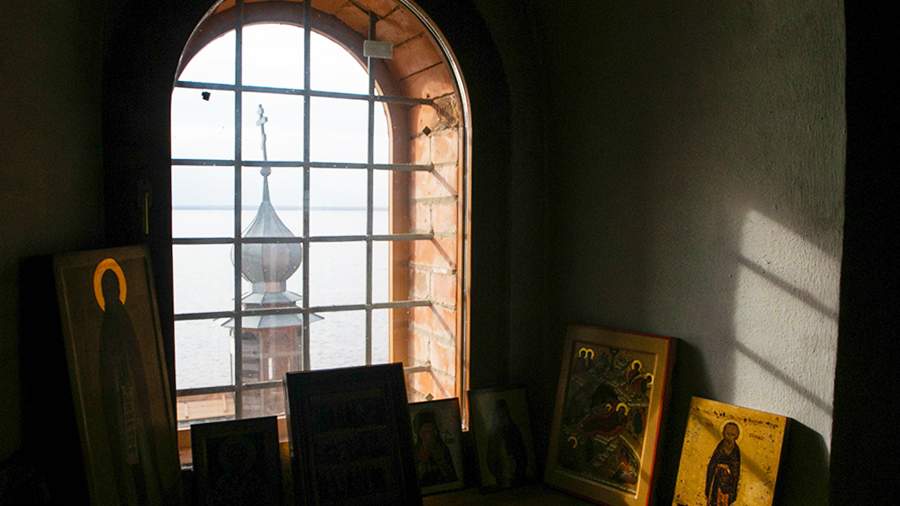April 13 is a special holiday of Hypatius the Wonderworker: folk signs
On April 13, the church honors the memory of St. Hypatius, Bishop of Gangra. In the national calendar, the holiday is known as Hypatius the Wonderworker. In 2025, it falls on a Saturday. Izvestia tells us about the traditions and omens associated with this day.
What is the church holiday on April 13, 2025
Hypatius lived in the 4th century and was bishop of the city of Gangra in Asia Minor. He is known as a participant in the First Council of Nicaea, which was convened in 325 by order of Emperor Constantine I. The meeting was held in the city of Nicaea (now the territory of Turkey) and became the first Ecumenical Council in the history of Christianity.
It elaborated the basic canons of faith, condemned the Arian heresy, and determined the time of Easter celebration.
On his return from Constantinople to Gangra, Hypatius was attacked by schismatics. They stabbed the bishop with stakes and dumped the body into a swamp. The residents buried the saint with honors. Later, the relics of the minister of the church became famous for many miracles. They were healed of various diseases and ailments near them.
With the adoption of Christianity, the saint began to be revered in Russia. In Novgorod, Hypatius was revered as the patron saint of the Novgorod posadniks, and in Kostroma, one of the most famous monasteries, Holy Trinity, was named after him, which played a prominent role in the events of the Time of Troubles.
What is Hypatius the Wonderworker known for?
The icons depict the elder with a white beard, wearing episcopal vestments, and holding a book in his hands. On a festive day, believers go to church to pray to the saint. He is asked for healing from bodily and spiritual ailments. The people also believed that Hypatius protects against evil spirits and helps women. Young girls often asked him for an easy pregnancy and childbirth.
In the old days, on St. John's Day, it was customary to put the house and garden in order. Unusable items were given to the poor or taken to the church. Trees were whitewashed in the yard, all the garbage accumulated over the winter was collected and burned along with last year's foliage. Due to this custom, the holiday was nicknamed Flint.
Great importance was attached to fire on this day. Our ancestors believed that on April 13th he had healing powers. Therefore, candles were lit near those who were sick. And when they burned out, the stubs were thrown into a river or lake. It was believed that after this ceremony, the disease would quickly recede.
Hypatius the Wonderworker: what can and cannot be done
Following the tradition, on a holiday it is worth cleaning the house and getting rid of all the junk. Leaving unwashed dishes or unwashed things in the home was considered a bad omen by the people. But getting a haircut, shaving and washing at dawn was a good thing, as it helped to cleanse before Easter.
As on other church holidays, one should not refuse alms and help to other people. It is forbidden to swear, swear, or take quarrels out of the hut.
Since St. Hypatian's Day falls during Great Lent, believers need to observe dietary restrictions and give up entertainment. Meat, eggs, and dairy products should not be eaten. Preference should be given to vegetables, fruits, pickles, cereals and honey.
Folk signs of April 13
There are many weather signs associated with the holiday. If it rained on the morning of April 13, it was a harbinger that the summer would be stormy. If a strong wind blows, it will start to rain soon. And when the sun is shining brightly all day, the weather will be warm for a long time.
Earlier, Izvestia reported on the history and traditions of Nikonov Day.
Переведено сервисом «Яндекс Переводчик»



